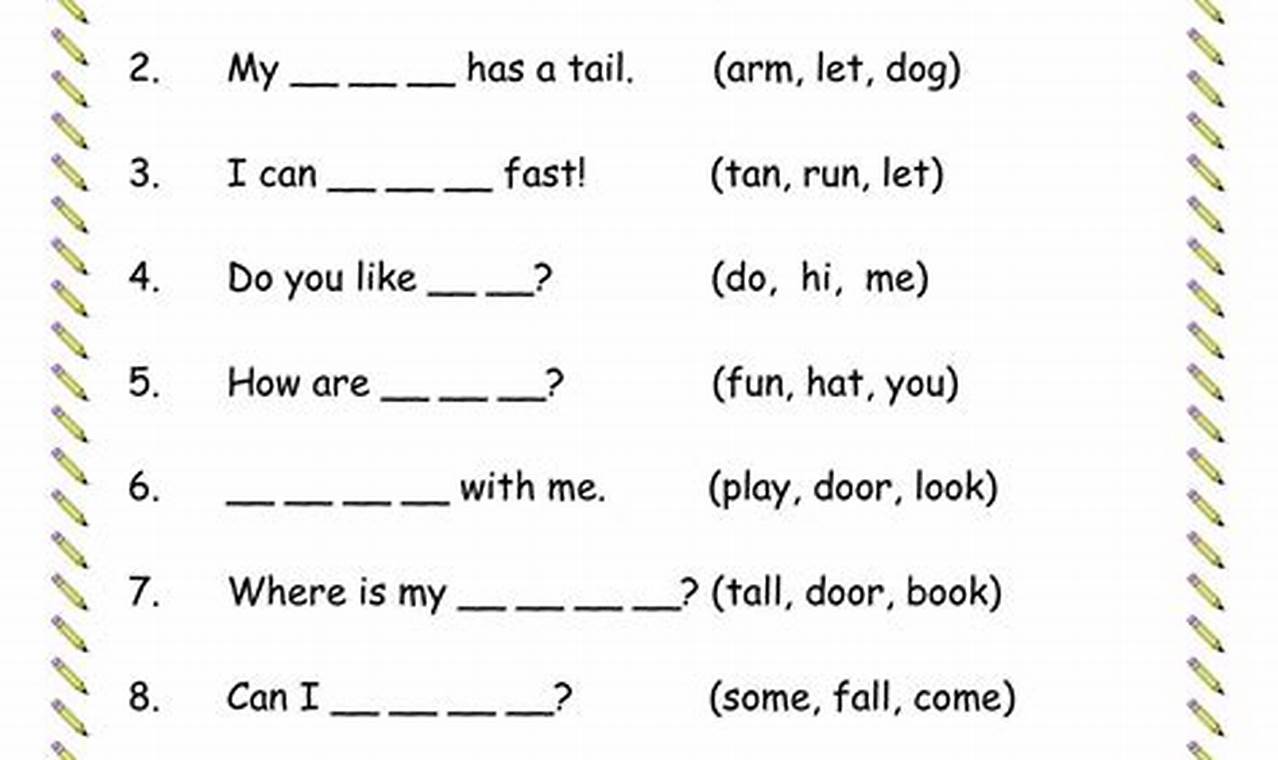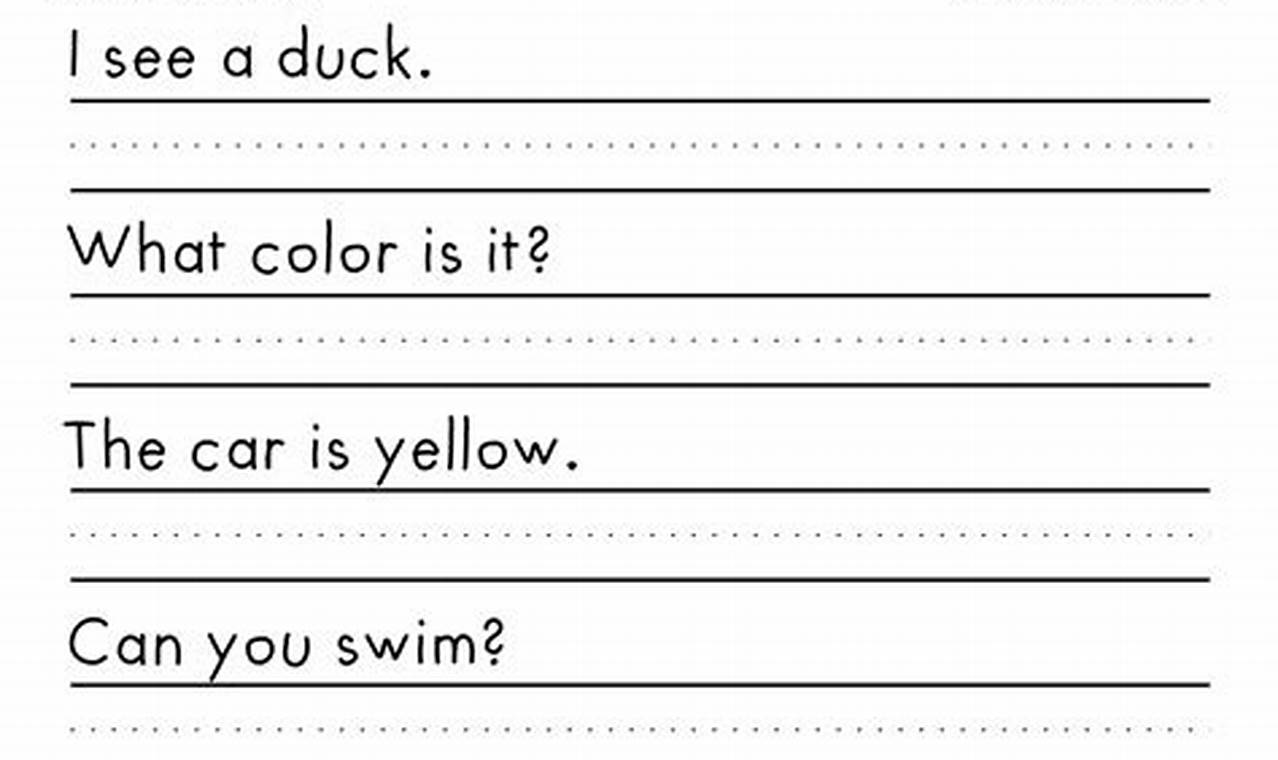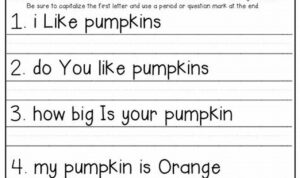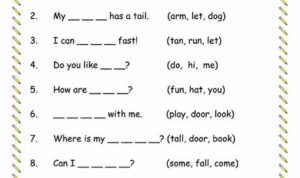“Printable Kindergarten Writing Sentences Worksheets” are educational resources designed to enhance the writing skills of kindergarten students. These worksheets provide structured practice opportunities to help children develop their letter formation, handwriting, and sentence construction abilities.
Benefits of using “Printable Kindergarten Writing Sentences Worksheets” include:
- Improved letter formation and handwriting
- Enhanced sentence construction skills
- Increased writing confidence
- Preparation for future writing tasks
Youtube Video:

Images References



